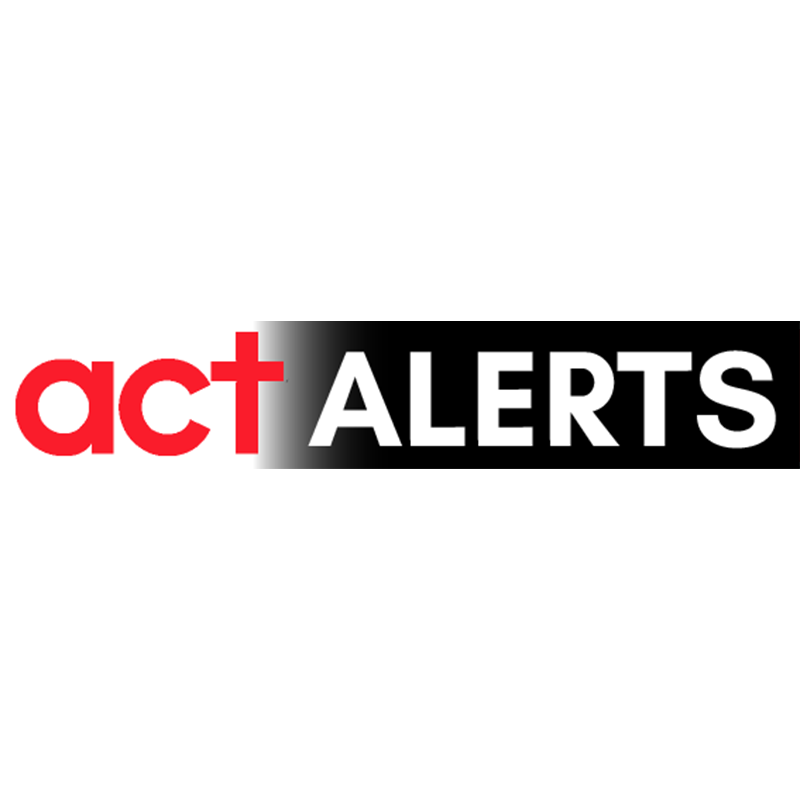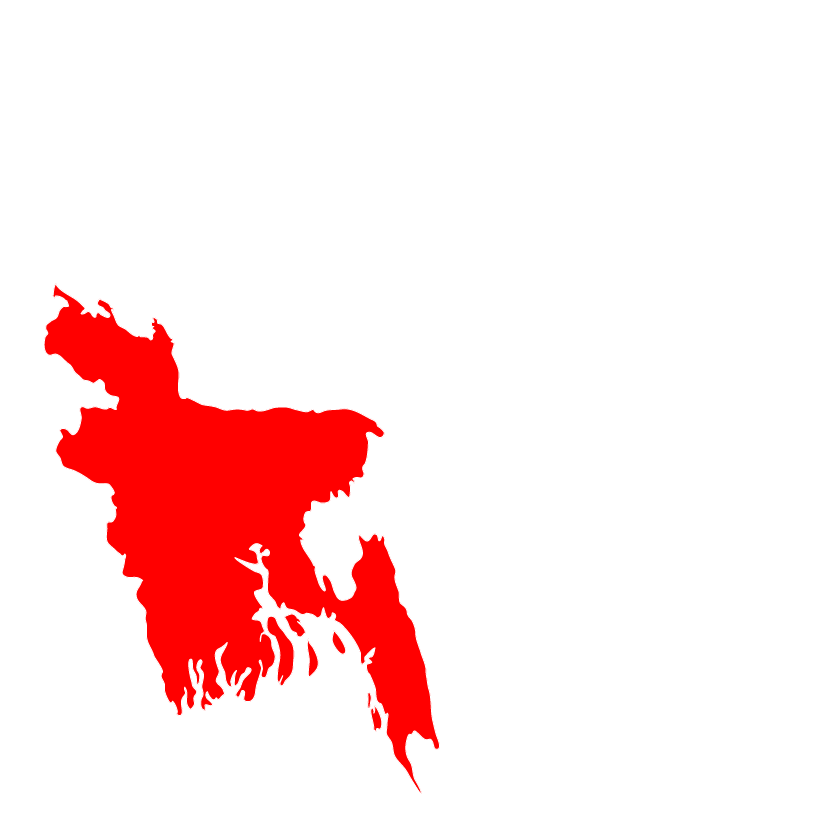Myanmar: Rakhine Conflict

During the night of Friday, 25 August 2017, the state of Rakhine in Myanmar, was attacked by armed groups. The Arakhine Rohingya Salvation Army (ARSA) claimed responsibility for the attacks in three northern townships of Rakhine. The Government has officially declared ARSA a terrorist organization which gives the state authorities wide powers of arrest and detention of those suspected of belonging to ARSA. Military operations ensued immediately and have continue to-date in townships of Maungdaw, Buthidaung and Rathedaung which have been declared Military Operations areas. The UN and INGOs and the diplomatic missions have all made statements condemning the violent attacks and expressing sympathy for all those affected by the violence. According to the latest displacement figures, 300,000 conflict affected people have fled to Bangladesh.
ACT Alliance has been working in Rakhine since LWF started humanitarian work in 2012. Christian Aid is also working in the Rakhine state through local organizations. Both are now planning to help people affected by the conflict. The ACT Myanmar forum has identified a gap in humanitarian aid and has resolved that if funded, it will have the capacity to properly bridge the identified gap.
Alerts_09_2017_Rakhine Conflict Myanmar
Cuba, Dominican Republic and Haiti: Hurricane Irma

As of 6 September 2017, Hurricane Irma, a category 5 hurricane, with maximum sustained winds of 295 km/hour, it has significantly strengthened to become one of the most powerful hurricanes ever recorded in the Atlantic. To date, it has passed over Barbuda, Saint Barthelemy, Anguilla, Saint Marten, British and US Virgin Islands, Puerto Rico, Dominican Republic, Haiti, Turks and Caicos, Cuba, the Bahamas and passing through Florida. Irma caused extensive damage in Barbuda and Anguilla where 70-90% of the buildings were destroyed. 27 people reported dead across affected territories, 34,000 people displaced in the Dominican Republic and Haiti. Over 1 million people were evacuated, especially from the municipalities in the northern coastline in central and eastern Cuba. 17,000 people in need of immediate shelter across the affected eastern Caribbean islands. Initial reports highlight that in Haiti there are significant damages to agricultural fields, livestock and banana plantations. Assessments will take place over the coming days to determine the number of people in need of food assistance. More than 10,000 people are in temporary shelters in the North.
Given the level of damages so far, the Haiti and Dominican Republic forums respectively decided to submit a RRF, and an appeal is going to be submitted to respond in Cuba, the most affected among the three islands.
Alerts_09_2017_Hurricane_Irma_in_The_Caribbean_Update
India: Floods in Bihar state

Since Monday ,14 August 2017, 14 districts of Bihar state in India, were experiencing heavy rainfall. The unprecedented rainfall and consequent floods in Nepal and Himalayan catchment areas during the last three days exacerbated a bad situation and resulted in severe flooding in the 14 districts of Bihar. Rivers such as the Mahananda, Gandak and Kankai are in spate. 98 people have lost their lives so far because of the floods and an estimated 6.5 million people are affected in the Bihar.
The floods have severely hampered communication. More than 248,000 people have been evacuated to safer places by the rescue teams. The state government has set up 343 relief camps in which 93,149 people are living. An additional 10 National Disaster Response Force (NDRF) battalions each comprising 40-45 personnel have been deployed in flood-hit districts of Kishanganj, Purnia and Araria to strengthen the existing 9 NDRF battalions. A team each of the NDRF has already been deployed in East and West Champaran, Muzaffarpur, Darbhanga, Supaul and Purnia districts, while two teams have been positioned at Kishanganj.
Alerts_24_ 2017_Flooding_in_Bihar, India
Iraq: Returnees and Residents of Mosul

The first half of 2017 has marked an important period in the Iraq crisis that has been ongoing since 2014. On 17 October 2016, Iraqi Security Forces (ISF) engaged in operations to recapture the city of Mosul from the Islamic State of Iraq and the Levant (ISIL). East Mosul has been under ISF control since January 2017, and as of July 2017 the removal of ISIL has been substantially completed. Since the beginning of the operations, the cumulative number of Internally Displaced Persons (IDPs) from Mosul is close to 850 000. Due to an improved sense of security among affected populations, the number of returnees has grown to over 220 000 individuals by July 2017. Many of them have their houses damaged, limited access to water, food and health assistance, as well as no income opportunities.
ACT members are committed to provide assistance to vulnerable communities in many locations of Iraq and the Kurdistan region as part of their individual responses. The complex nature of Mosul’s problems requires a well-coordinated, multi-sector response, and ACT members are dedicated to combine their capacities for a more effective response.
alerts_08_2017_returnees-and-residents-of-mosul_irq161_rev-1
Bangladesh: Floods in Northern region

In the afternoon of Tuesday the 15th August 2017 severe floods were caused due to incessant rains in 20 districts in the northern part of Bangladesh. According to National Health Crises Management Centre (NHCMC) of Director General of Health Service (DGHS) control room on 14th August 2017, the death toll has risen to 89[1] and approximately 1.7 million people[2] have been affected by the floods. At least 110,400 hectors of cultivated land have been affected. An estimated 1,031 primary schools had to be closed. Even though the flood-affected families have taken shelter in higher ground but some are marooned in rising flood waters. Roads and railway communication between northern districts and the capital remain disconnected. Flood waters are flowing downstream and new areas in central part of the country are being affected. The Brahmaputra, Jamuna, Ganges and Padma rivers along with other major river systems in the country are expected to continue to rise during next couple of days, flooding more down stream areas. Affected people have taken shelters along the highways, road sides, embankments, and schools.
[1] Ministry of Disaster Management and Relief (MoDMR)
[2] National Health Crises Management Centre (NHCMC) of Director General of Health Service (DGHS) control room
Alerts_23_2017_Flooding_in_northern_Bangladesh
Sierra Leone: Floods in Freetown

On the evening of the 14th August, mudslides triggered by three days of heavy rains poured in and around the capital of Sierra Leone, Freetown. The most severe mudslides occurred in the coastal suburb of Racecourse on the city’s eastern edge, as well as in Regent and Lumley where thousands of makeshift settlements are home to the city’s poorest communities. Torrential rains have led to a series of significant floods and mudslides in several areas of Freetown. Emergency support is being provided for the two types of responses: floods and mudslides.
According to Freetown Mayor, rescue workers have recovered 270 bodies so far mainly from the Regent neighbourhood where the mudslides happened. As rescue operations are still ongoing, the death toll is expected to rise. An estimated 3,000 or more people are believed to have lost their homes and are in immediate need of emergency assistance and shelter according to Sierra Leone’s Office of National Security (ONS).
Alerts_22_2017_Flooding in Freetown – Sierra Leone
Nepal: Floods in Southern Plains

On the morning of Sunday the 13 August 2017, the 18 districts in the southern plains in Nepal, were struck by floods due to continuous torrential rainfall. The Nepal government has reported 115 deaths, 38 missing, and approximately 6 million people being directly affected by the floods. Land in the southern plains are heavily populated and is known as an agricultural farming land. Almost all of the cultivated crops and agriculture farming lands have been affected by the current floods. Livestock has also been affected by the floods. This has also meant the loss of livelihoods.
Alerts_21_2017_Flooding_in_Southern_Plains_Nepal
China: 7. 0 Earthquake in Sichuan Province

 In the evening of Tuesday the 8 August 2017, the province of Sichuan in China, was hit by a 7.0-magnitude earthquake, killing 19 people and injuring 343.[1]The epicentre of the tremor was in Ngawa prefecture, largely populated by ethnic Tibetans, many of whom are nomadic herders. It was also close to the Jiuzhaigou nature reserve, a popular tourist area and, it is the peak of the summer school holiday tourist season in China.
In the evening of Tuesday the 8 August 2017, the province of Sichuan in China, was hit by a 7.0-magnitude earthquake, killing 19 people and injuring 343.[1]The epicentre of the tremor was in Ngawa prefecture, largely populated by ethnic Tibetans, many of whom are nomadic herders. It was also close to the Jiuzhaigou nature reserve, a popular tourist area and, it is the peak of the summer school holiday tourist season in China.
The earthquake has put the region in a state of crisis. The earthquake affected persons find themselves in a desperate situation, with many unmet vital humanitarian needs such as access to sufficient food and safe shelter and basic non-food items.
The emergency response is currently being coordinated by Ministry of Civil Affairs and China National Commission for Disaster Reduction.
ACT Alliance works in areas affected by the earthquake, and is assessing the impact of the disaster to better understand the needs and vulnerabilities .
ACT Alliance emergency teams are ready/preparing to respond according to the results of a contextual analysis and rapid needs assessment. In collaboration with relevant stakeholders, the ACT member Amity Foundation has identified a gap in Non-food items like clothes and tents and has resolved that if funded, it will have the capacity to bridge the identified gap.
Alerts _20_2017_Earthquake_in_Sichuan_China
[1] Provincial government and official media statistics released in the morning of 10 August 2017
India: Floods in Southern Odisha

The state of Odisha has been witnessing heavy to very heavy rains since 16 July 2017. These heavy rains have triggered flash floods in parts of Rayagada, Kalahandi, Nabarangpur and Malkangiri districts of the state of Odisha in India. Swollen rivers have become a cause for concern in the state. While the Thuamul-Rampur area of Kalahandi received 260 mm rainfall in the past 24 hours, the Kashipur block of Rayagada recorded 237 mm rainfall during the same period, causing flash floods in the Nagabali and Kalyan rivers. The Nagavali and the Kalyani rivers have risen, due to which many areas in Kalahandi and Rayagada were inundated. In Kalahandi, the water level in the river Hati is rising. The flood has claimed the lives of 4 persons and above 100 animals so far. As many as 28,000 people in 70 villages have been affected in the Rayagada district. In addition, in the Kalahandi district, the administration evacuated 5,731 people to safe places due to flood in Hati, Tel and other small rivers.
Alerts_19_2017_Floods in Southern Odisha, India
India: Floods in North-Eastern State of Assam

There have been heavy torrential rains since 2nd July 2017 in the North-Eastern state of Assam in India. The rains have continued and the floods have intensified in the last 24 hours. 23 districts of Assam have been affected during this current phase of floods. A population of 1,518,365 have been badly affected by current floods and are struggling with the worsening flood situation in the state.
The situation is likely to worsen in coming days as the water level in major rivers is continually rising above the danger level and more rainfall has been predicted by the Meteorological Department of India.
Alerts_18_2017_Flooding in North-Eastern State of Assam India








 In the evening of Tuesday the 8 August 2017, the province of Sichuan in China, was hit by a 7.0-magnitude earthquake, killing 19 people and injuring 343.
In the evening of Tuesday the 8 August 2017, the province of Sichuan in China, was hit by a 7.0-magnitude earthquake, killing 19 people and injuring 343.